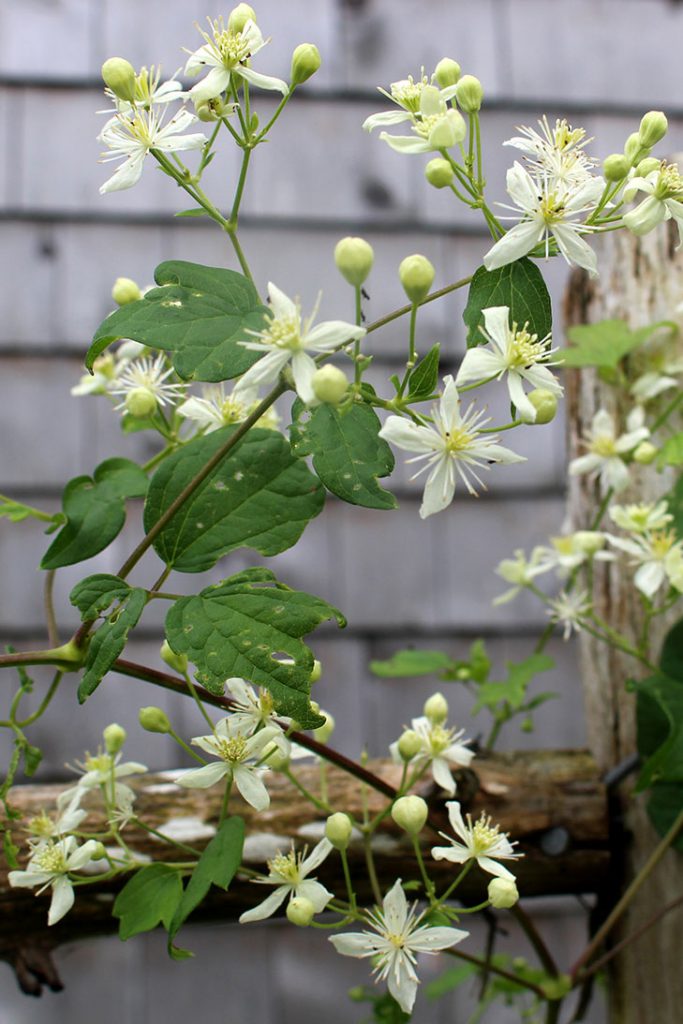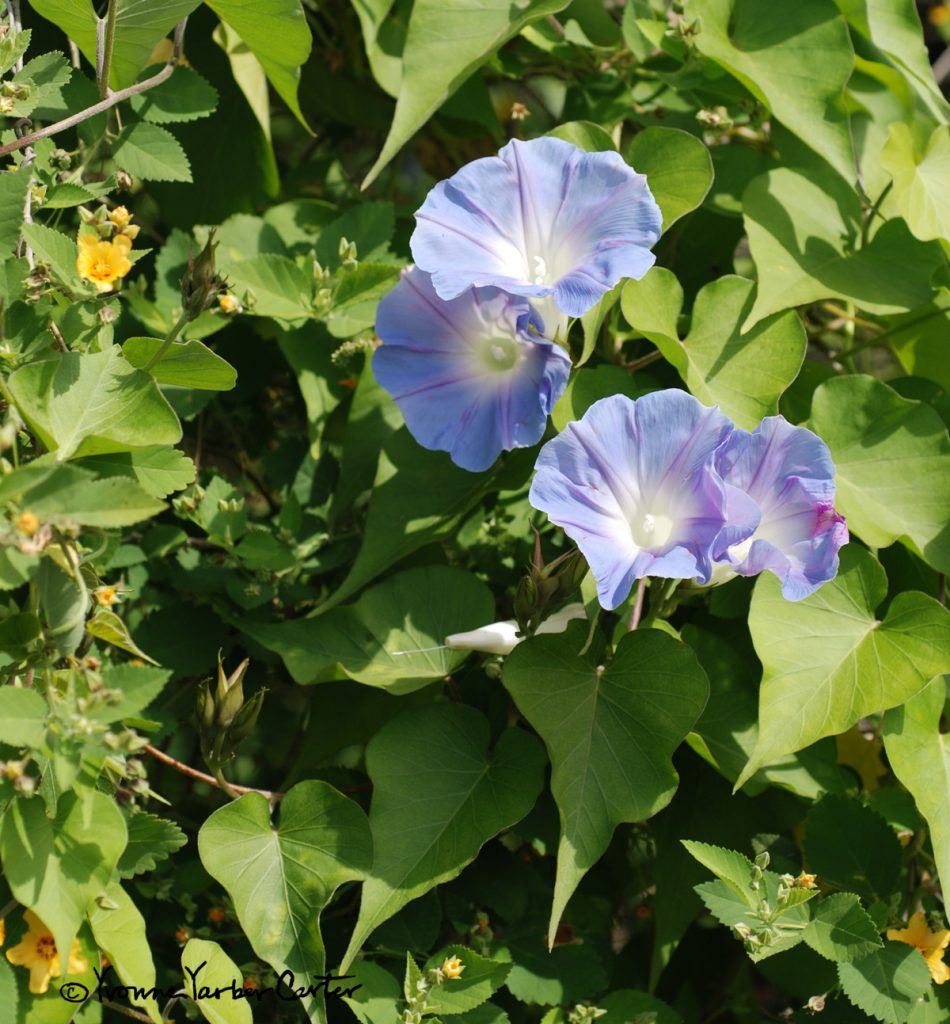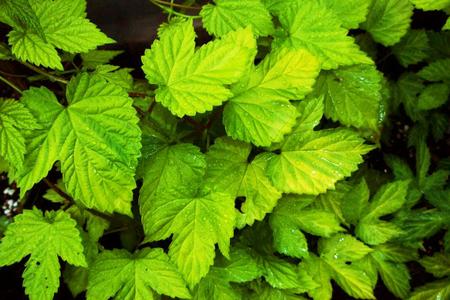Native Vines for Your Landscape
When it comes to landscaping, native vines can be a game-changer. These plants not only add aesthetic appeal but also contribute to a thriving ecosystem. Native vines have evolved to thrive in specific regions, making them hardy and well-adapted to local conditions. In this comprehensive guide, we’ll explore some of the most captivating native vines that can transform your landscape into a verdant paradise.
Embracing Biodiversity with Native Vines
Enhancing Local Flora and Fauna
One of the key advantages of incorporating native vines into your landscape is their ability to support local wildlife. These plants provide essential food sources and habitats for a variety of insects, birds, and small mammals. For instance, the vibrant blooms of the Clematis virginiana attract butterflies and bees, ensuring a pollinator-friendly environment. This not only adds natural beauty but also fosters a balanced ecosystem.
Drought Resistance and Low Maintenance
Native vines are nature’s solution to landscaping challenges. These plants have evolved over time to adapt to their specific environments, which often means they require less water and maintenance compared to non-native counterparts. The Bignonia capreolata, commonly known as Crossvine, is a prime example. This hardy vine thrives in a range of soil types and is remarkably drought-tolerant, making it an excellent choice for arid regions.
Selecting the Perfect Native Vine for Your Space

Tailoring Choices to Your Region
The United States boasts a diverse range of climates and ecosystems, each with its unique native flora. To make the most of your landscape, it’s crucial to select vines that are indigenous to your specific region. For instance, in the Northeast, the Aristolochia macrophylla or Dutchman’s Pipevine is a popular choice. Its heart-shaped leaves and distinctive flowers make it a charming addition to any garden.
Striking a Balance of Form and Function
While aesthetics play a significant role in landscaping, it’s essential to consider the practical benefits of native vines as well. The Campsis radicans, or Trumpet Creeper, not only showcases stunning trumpet-shaped flowers but also acts as a natural privacy screen. This dual functionality ensures that your landscape is both visually appealing and purposeful.
Caring for Your Native Vines

Providing Adequate Support and Space
Native vines often require proper support structures to flourish. Trellises, arbors, or fences can serve as excellent anchors for these climbing plants. Ensuring they have enough space to grow and spread their roots is equally important. Regular pruning and training will help maintain their health and shape, ensuring a thriving landscape for years to come.
Understanding Soil and Sun Requirements
Just like any other plant, native vines have specific preferences when it comes to soil type and sunlight exposure. Conducting a soil test can provide valuable insights into any necessary amendments. Additionally, observing the natural habitats of these plants can offer clues about their preferred light conditions. Providing the right environment will maximize their growth potential.
Frequently Asked Questions (FAQ)

Q: Can I plant native vines in containers?
A: While it’s possible to grow some native vines in containers, it’s important to select species that are well-suited for this environment. Look for varieties that have more compact growth habits and can thrive in confined spaces.
Q: Are native vines invasive?
A: While native vines are adapted to local ecosystems, some can still exhibit invasive tendencies. It’s crucial to research and select non-invasive varieties for your specific region to avoid disrupting the local environment.
Q: How can I encourage wildlife to visit my vine-covered area?
A: To attract wildlife, consider planting a diverse range of native plants alongside your vines. Providing food sources, water features, and nesting opportunities will create a welcoming habitat for birds, insects, and other creatures.
Q: What is the best time to prune native vines?
A: The ideal time to prune native vines is during their dormant season, typically in late winter or early spring. This allows for new growth to emerge and flourish during the active growing season.
tag
- chicken feed
- how to Keep Chickens Off Your Porch
- How to grow oyster mushrooms at home
- Growing Kale in Pots


0 Comments